|
Early detection of COVID infection is extremely important for the best results from medical intervention. Nobody argues with that. Now it is clear that there is an additional, rather simple, non-invasive test that really helps. It’s something you probably already have become acquainted with. It is a test of oxygen saturation in the blood. THIS TEST SHOULD BECOME AS WIDESPREAD AS TEMPERATURE MONITORING.
It is not hard to learn how to do PULSE OXIMETER MONITORING. It has the huge advantage of telling us when the COVID virus may be active before ANY OTHER SYMPTOMS are suspected. When oxygen saturation of the blood begins to drop below 80% it would be important to get medical attention. Physicians are now agreeing that a drop in oxygen saturation might be the first symptom of things going wrong as a result of COVID infection. Here in Thailand I understand every neighborhood public health clinic has pulse oximeter monitoring equipment that will show pulse rate as well as oxygen levels. In the USA as well as here, pressure to reopen businesses and relax quarantines is becoming overwhelming. People argue, “I’m not sick!” because they don’t feel sick. But the facts are that COVID is a more devious virus than most others. The majority of people who are positive do not feel sick. It’s no use arguing with them. They are beginning to ignore restrictions meant to protect them and impede the spread of the virus. But they might have a second thought if there was some irrefutable fact they could find out in less than a minute such as, “Your oxygen level is dangerously low!” [Thanks to my friend Roy for drawing my attention to a New York Times article about this, just after I had read several reports of the US Vice President and people at a funeral refusing to take standard precautions for various reasons, including a relative who believes the media is making all this up.]
1 Comment
Creativity has been called forth to deal with the circumstances Chiang Mai has been confronting this month. Here are examples that have attracted attention.
1. A company was wondering how to sell a truck load of durian now that markets are deserted. Other fruit venders were moving to street-sides, but these guys drew a lot of attention when they displayed their assets to advantage. [I’m not sure about sales, but pictures of their attempt drew thousands of views on social media.] 2. Social distancing specifies that people keep two meters apart. So when a fellow wanted to give food to a monk he tossed his bag of rice into the monk’s bowl, and then the monk tossed it to his companion to carry. [The video clip of them doing this was another big hit by on-line viewers, although some of us are convinced it was staged.] 3. Mplus+, an LGBT support community led by Dr. Pongthorn Chanlearn, mobilized to provide lunches to people at the out-patient departments of hospitals during the early panic when there were crowds. [In a blog later, I’ll describe how Chiang Mai is responding to COVID induced hunger.] 4. With hair-care shops all closed, Chiang Mai residents have taken up new skills. Scores of social-media friends congratulated themselves for crossing the sartorial frontier. [Yes, this particular picture did not grab wide-spread attention, but some friends thought it was better than the selfie of me making a mango milkshake.] 5. Finally, thanks to young novices being near at hand when fire threatened Wat Phrabatpanam in Lampoon, the fire caused no damage to the famous temple. [Schools are closed due to both the hot-season vacation and the pandemic.] The differences in coronavirus infection rates between the USA and Thailand are astounding. Actually, as the virus became epidemic Thailand had reported cases earlier than the USA. However, for reasons not yet clear, the USA is faring worse than Thailand.
In round figures the USA has a population of 330 million, while Thailand has about 65 million. The USA is 5 times as large. As of Sunday, April 19 there are 2733 cases of COVID-19 in Thailand and 726,800 cases in the USA. Instead of 5 times the number of infections in the USA compared to Thailand (5 times 2733 cases would be 13,665 cases in the USA) there are 265 times as many (which is 53 times as many cases if the two countries were the same population). There have been 47 deaths in Thailand but 34,789 deaths in the USA. The US death rate attributed to COVID-19 is 735 times as great as Thailand, or 148 times as many deaths if Thailand and the USA were the same size. The level of medical competence and availability of healthcare between the USA and Thailand is not really significant. We are both pretty good. The levels of reporting and honesty about the virus could be a factor, but the amount of testing is about the same. Until analysis becomes dependable the difference between these two countries is a mystery. People guess as to why the virus hit Italy so much harder than Germany, but the facts are still unclear and the disease isn’t over. It is still spreading. Wave two in some countries is starting, and new areas of the world are being affected. The difficult facts for people to digest are that this virus is more contagious than viruses that have caused epidemics in the last 50 years. It spreads easier, it hides longer in people who spread it without knowing they are spreading it, and we don't have ways to suppress it, yet. Two medical breakthroughs will need to take place. First, we'll need effective medicines to treat those with the disease. But until a vaccine becomes tested and available to prevent the disease it will continue to spread. It'll spread faster if people begin to refuse to pay attention to medical realities. Note: Image courtesy of https://www.pharmaceutical-technology.com/ Easter around the world is over; Songkran is upon us here in South East Asia, with Ramadan soon to come. Everywhere, the cry is heard, “That was different!”
Easter, the day churches are traditionally full, was celebrated with empty churches for the first time in memory. Songkran normally fills the streets with revelers happily (or at least wantonly) engaged in water warfare interspersed with visits to elders to bless and be blessed. This year the roadways and streets are lacking crowds. Hotels are empty. Businesses are shuttered. It’s a holiday without the good times. Ramadan will take on equally unusual form as the fasting and feasting are redesigned, mosques are empty, and Mecca is as forlorn as St. Peter’s Square was last Sunday (see the picture above). By and large, pastors did their best, reminding absent congregations via the Internet of the core symbols: the empty tomb and echoing Hallelujahs. Parishioners appreciated their pastors’ attempts but missed great parts of Easter as they loved it, stalwartly trying to cherish at least some small parts of the new way to Zoom in on Easter. For many the conclusion is “That was not better.” The wait is on to return to normal. Is normal right around the corner? Clearly NO. US President Trump called for full churches on Easter, but that was before social networks began to show drone clips of mass graves being dug and used in New York, and the US death count passed all other countries. Prime Minister Prayute here in Thailand has extended emergency measures beyond April 16 to the end of the month with the real possibility of close-down going on through May. Even though there are hopeful signs that the epidemic has been turned around in places it hit hardest, it’s clear we’re just entering what I’ll call PHASE TWO. During Phase One we were required to learn new behaviors symbolized by face masks and social distancing, but also home schooling and frugality. We saw what an epidemic can do, how it spreads, and how it is battled. We grew tense, afraid of things like door knobs and invisible particles in the air. We waited to hear “who’s next.” Then things began to get better. Air quality was one thing that improved, but so did the news about the disease. Phase Two, we need to be aware, will be worse than Phase One in several respects. Sequestering, closed borders and businesses, isolation, and suspended plans take their toll. Suicides have begun, protests against the restrictions are gaining the inflamed rhetoric needed to become vigorous, and the disease itself will arise again where it was thought to be spent as it has in parts of China and Korea. A second shut-down order will be harder to enact. In some countries enforcement may need to take on military assistance. If a third shut-down were to loom, hardly any political authority will dare to propose it. The cost of imposing it would be considered greater than the cost of letting the disease run its course. During Phase Two, the disease will finally begin to ravage populations where massed-living is unavoidable, great slums in particular. Then healthcare systems really will be overwhelmed. People living far from cities will succumb because of their distance from substantial healthcare institutions. For us who are reading this essay, Phase Two is close at hand. Its first sign will be a collective yell of relief as the infection curve begins to dip and we dare to think we will probably make it through this. Our hand washing will go down from 20 seconds to 15, we will dare to use our masks repeatedly, and we will reconsider travel. Self-imposed restrictions will slip as we relax. We do not want to hear that this disease will be lethal among us for at least six more months. But part of the dynamic of Phase Two is not only our own battle fatigue, it’s also bound to be tied to the invigorating idea that something is already working. Certain diet plans, exercise regimes, and cutting-edge medicines will gain traction. Pharmaceutical tests will be top news in Phase Two. We will become confident that a medicine is proving itself increasingly effective. We could relax too soon. If Phase Two goes long enough a vaccine will be on the horizon. When that gets going, it marks the start of Phase Three. COVID-19 will be around for a long time. It’s more devious and lingering than most viruses, but it will eventually become manageable. However, we will personally benefit from that conquest of the pandemic, only if we collectively navigate through Phase Two successfully without growing weary of doing well. In the SPRINGTIME when the frost has fled,
The ground becomes a feasting place for life And fertile seeds in secret spring awake, Bursting slowly from their hidden tombs While being somehow nourished, blessed, and fed By springtime’s cornucopia of grace. Life is lush and green with hope and growth. The ground itself turns green and skies are blue When spring brings on the salad-time of life. In the SUMMER’S liquid heat the seeds Are magically transformed as suns enrich And rains enhance what life’s prospective dares. Lanky green and springing tall and strong The plants transform the landscape with their strength And turn to jungle what was desert waste. Life itself these grasslands renovate To change the very space in which life thrives, Through strength, and growth, and bold maturity. In the FALL the seeds have borne more seeds When sun, and rain, and drought have dried the stalks And death must seem to linger nearer still. Age has changed the leaves to brittle fronds. The hardy stalks have lifted up their grain, A sacrifice, as nature needs, to life. Golden, bleached with age, the harvest comes. A scythe cuts down the ripened staff of life And brings an end to storm, and fear, and strife. In the WINTER life has lost its grip, It seems, and once again the ground is bare And even seeds seem dead, encased in hulls. Strength is sapped from life and only storms Are strong where ice is queen and darkness king. And so, the seeds must seem to die each year. In the wintertime of life, there’s life Remaining, hidden for a season’s span Until the seeds have spent their time at rest. |
AuthorRev. Dr. Kenneth Dobson posts his weekly reflections on this blog. Archives
March 2024
Categories |
| Ken Dobson's Queer Ruminations from Thailand |
|


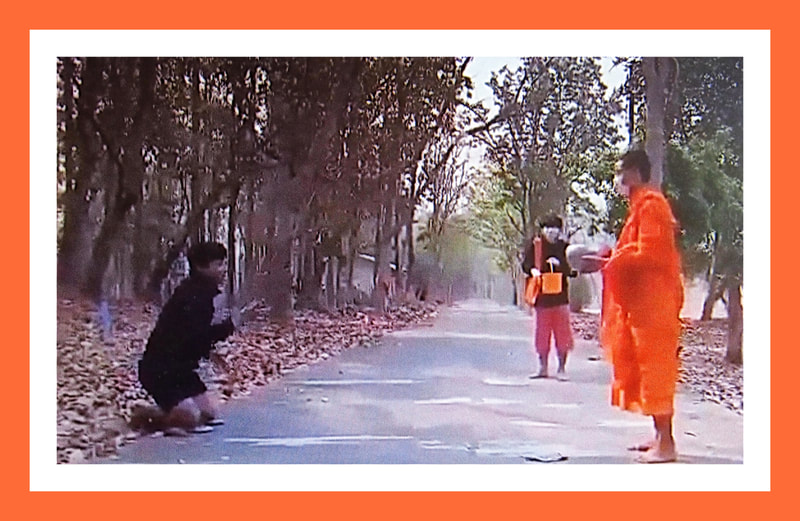
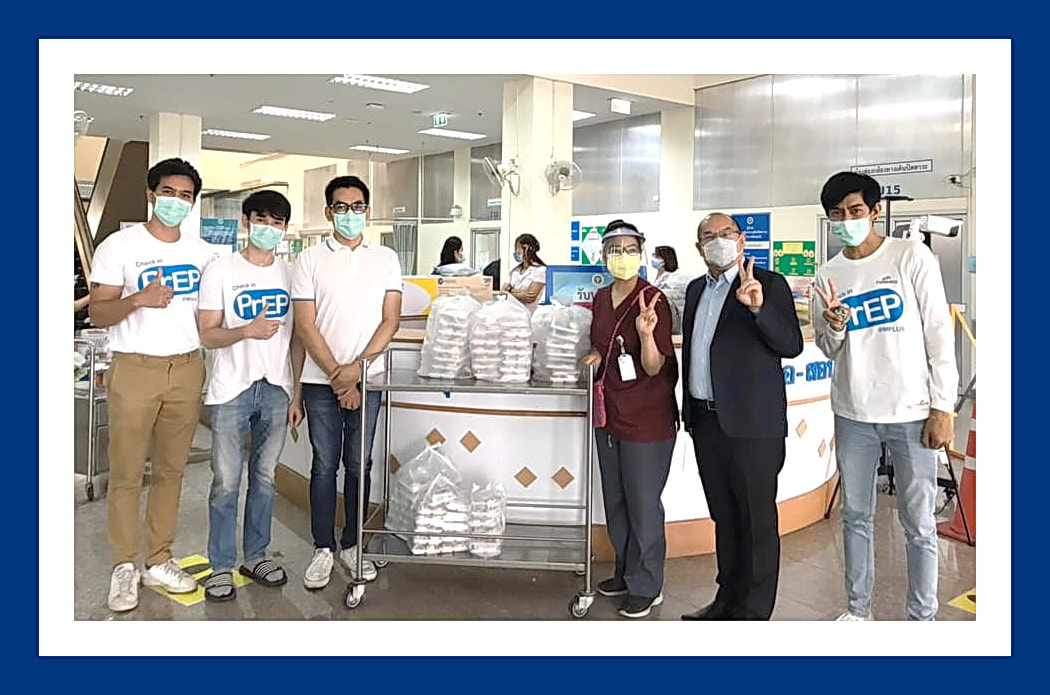
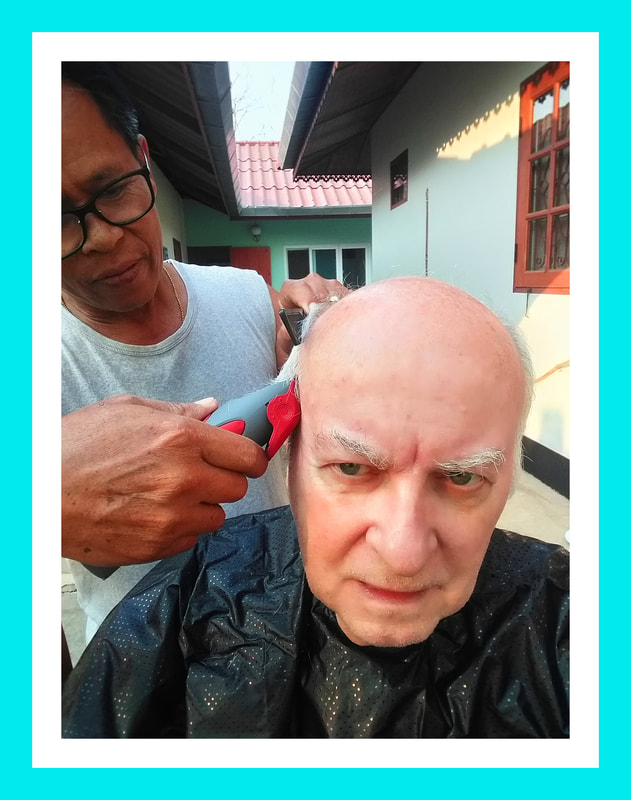
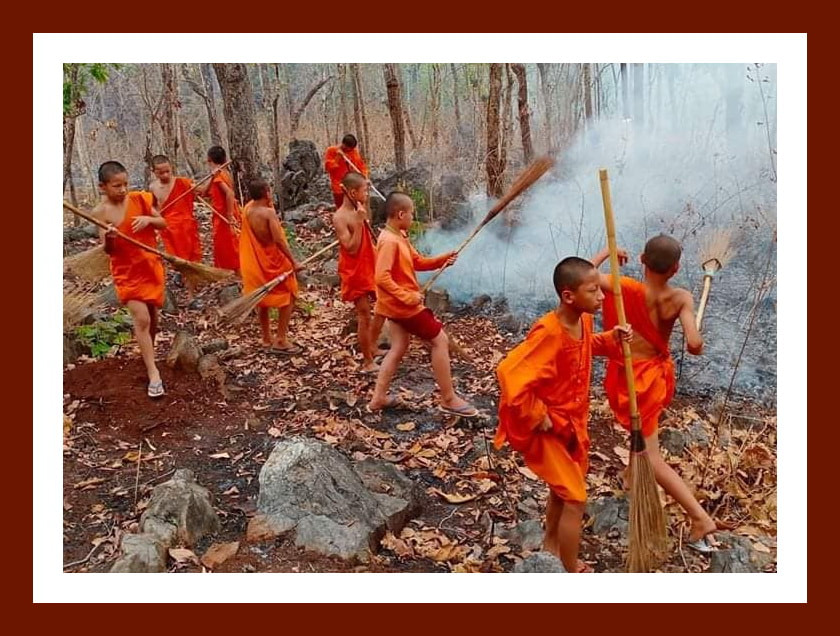
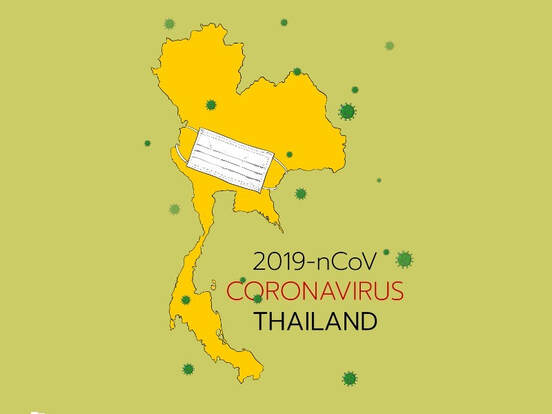
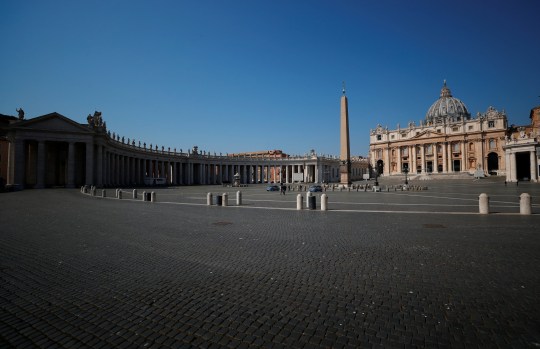
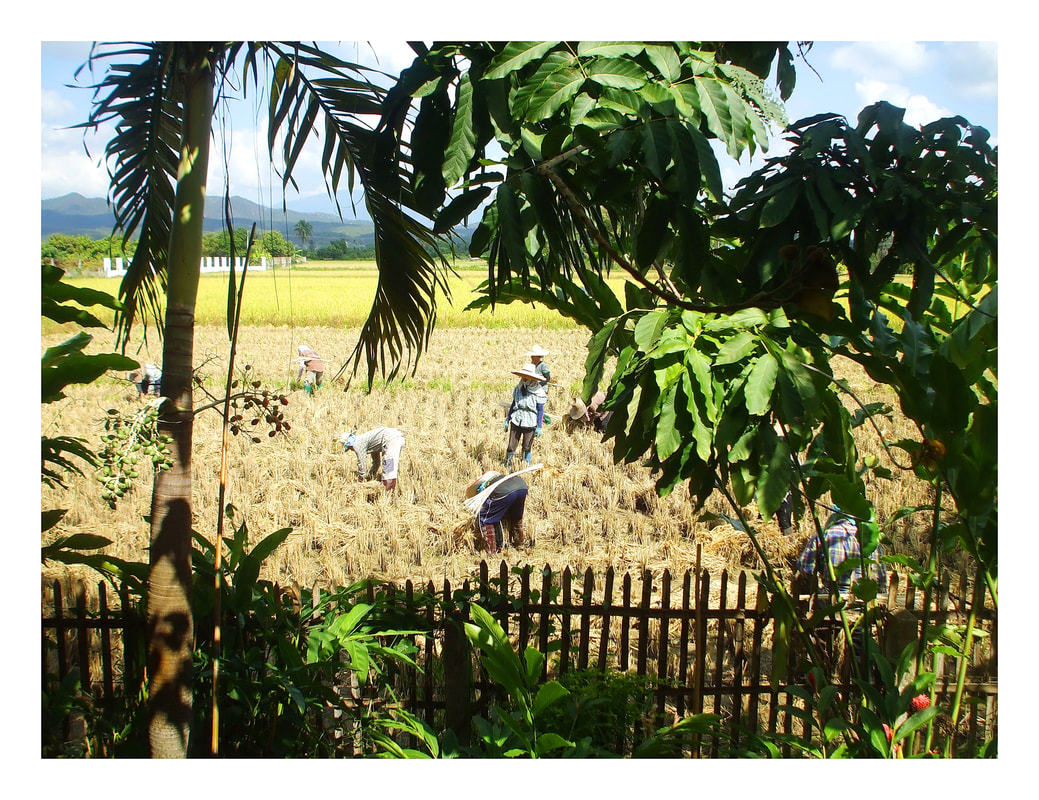
 RSS Feed
RSS Feed
